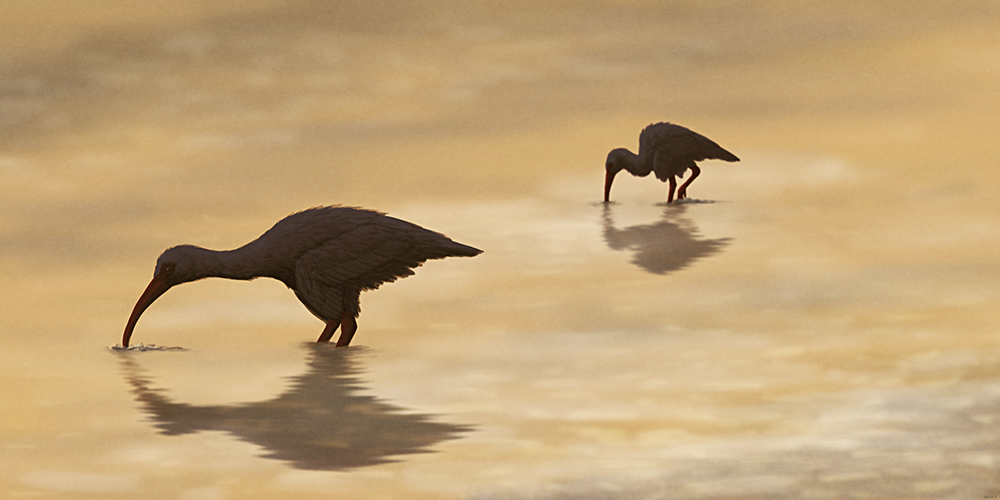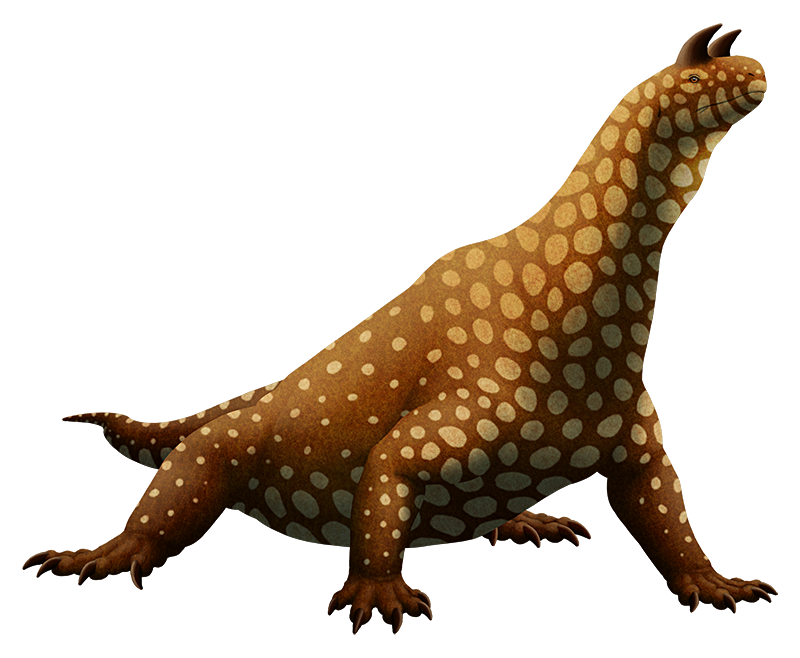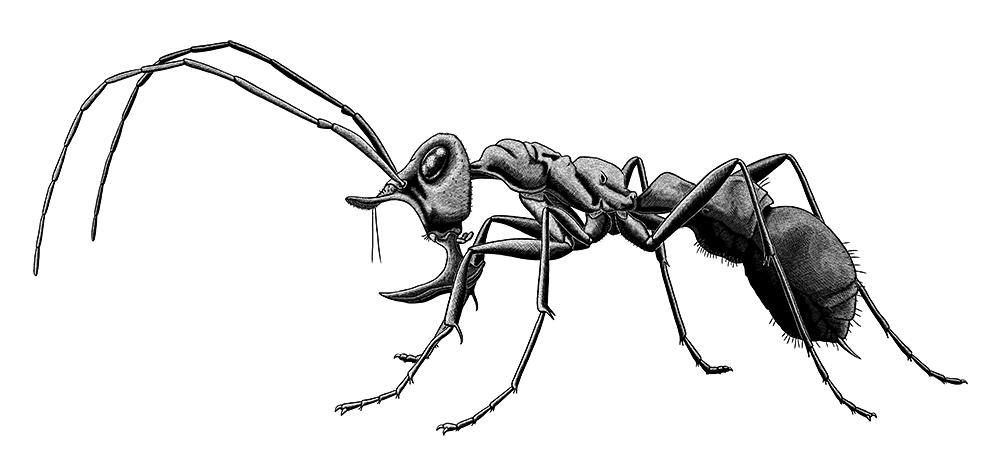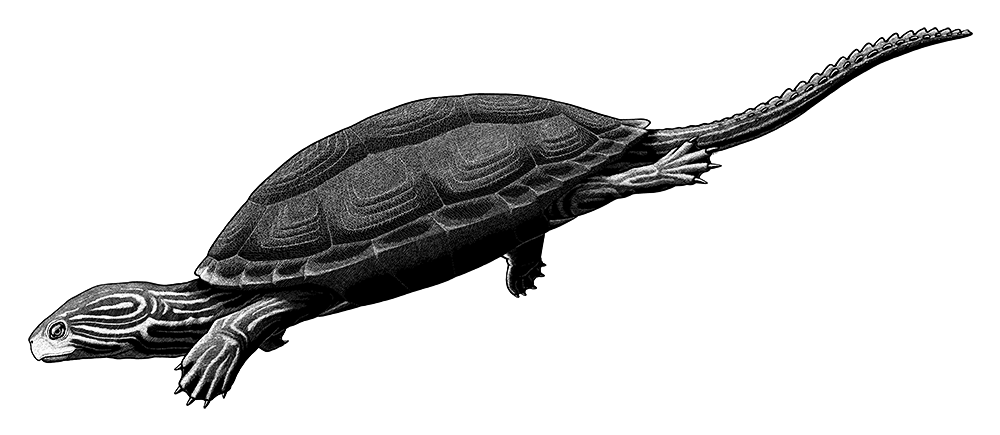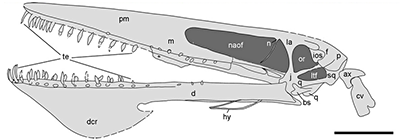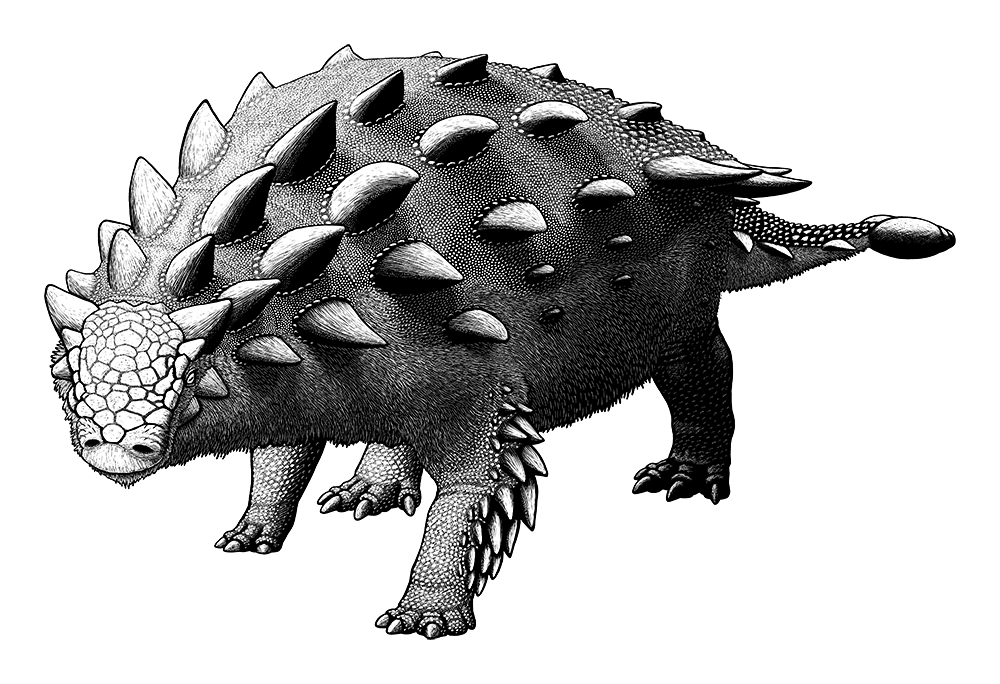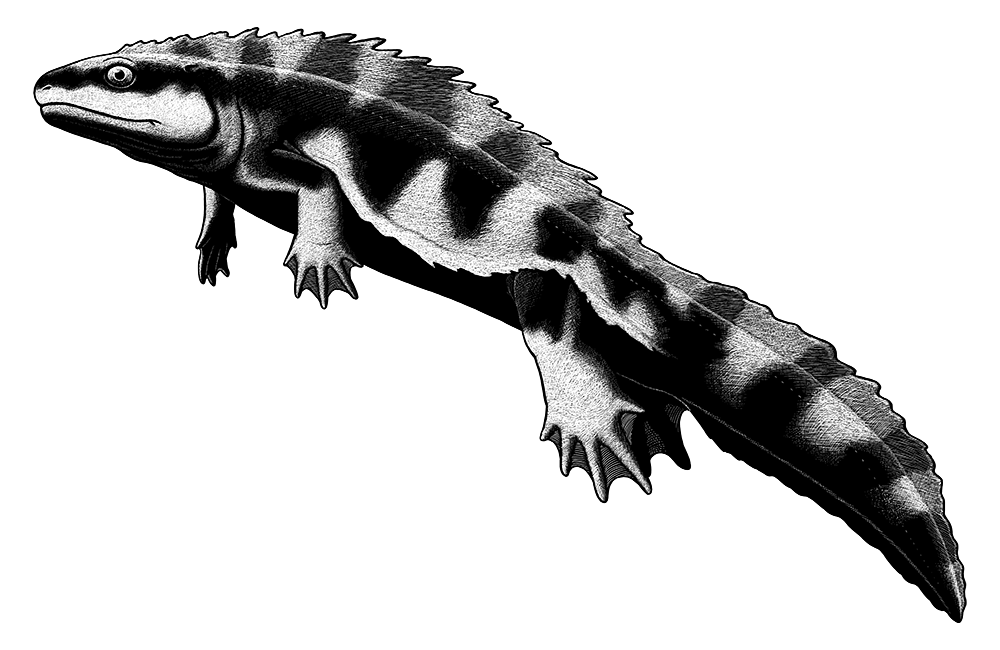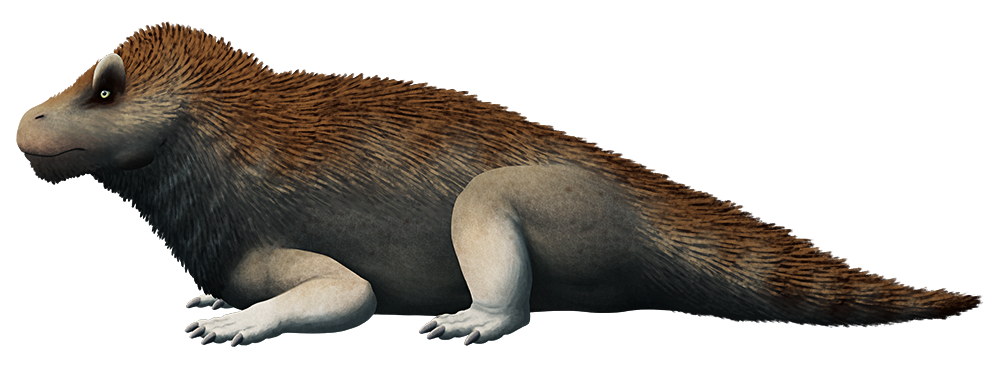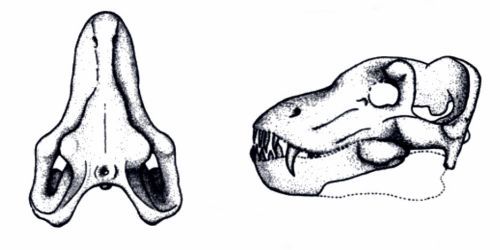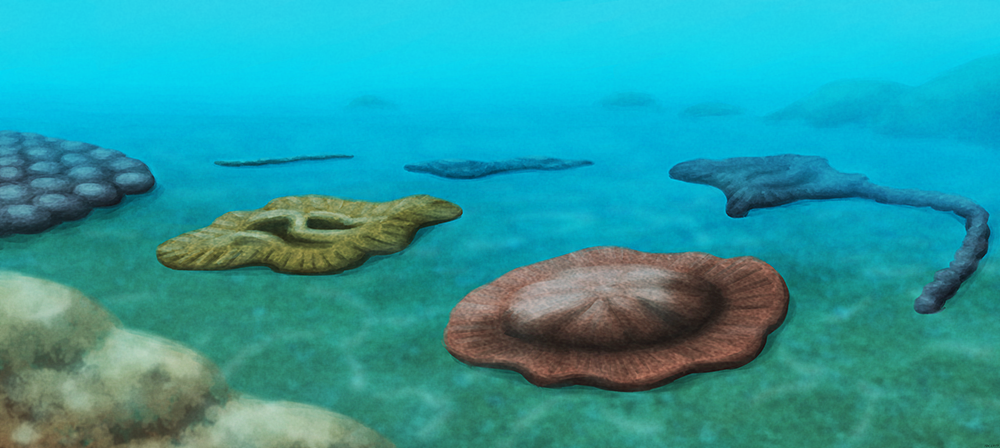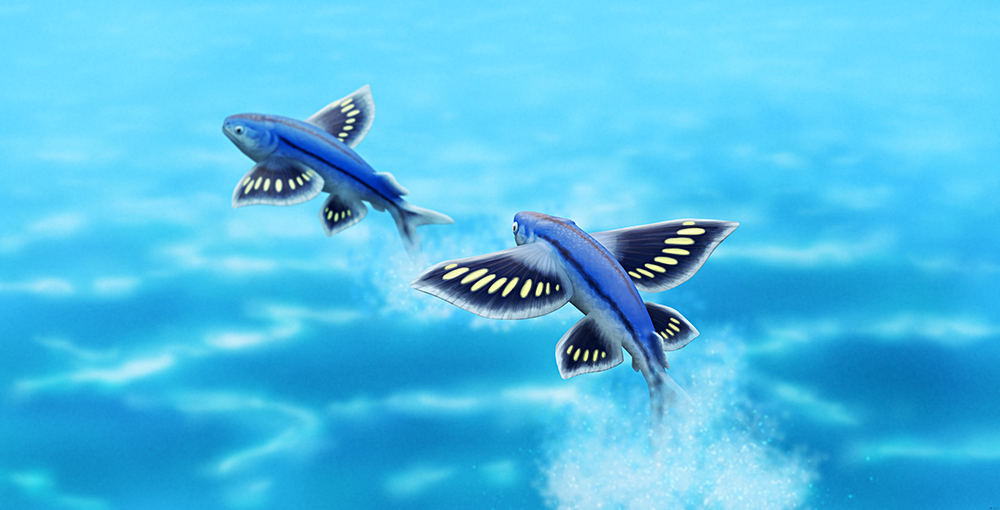The Jamaican ibis (Xenicibis xympithecus) was a bird unique to the Caribbean island of Jamaica. One of only two known types of completely flightless ibises, it was similar in size to a chicken – probably around 75cm long (2′5″) and weighing 2kg (4.4 lbs).
It had some incredibly unusual wing anatomy, with strengthened bones, a proportionally short forearm, and the “hand” section modified into a thick club-like shape. Some remains show evidence of blunt-force injuries, suggesting these birds fought each other by swinging around their heavy wings like baseball bats.
Its bones have found in several cave deposits which are difficult to accurately date, but are likely to be somewhere between 10,000 and 2,200 years old. It’s unclear whether Xenicibis was still around when humans first colonized the island, but if so it was probably driven to extinction soon after.

